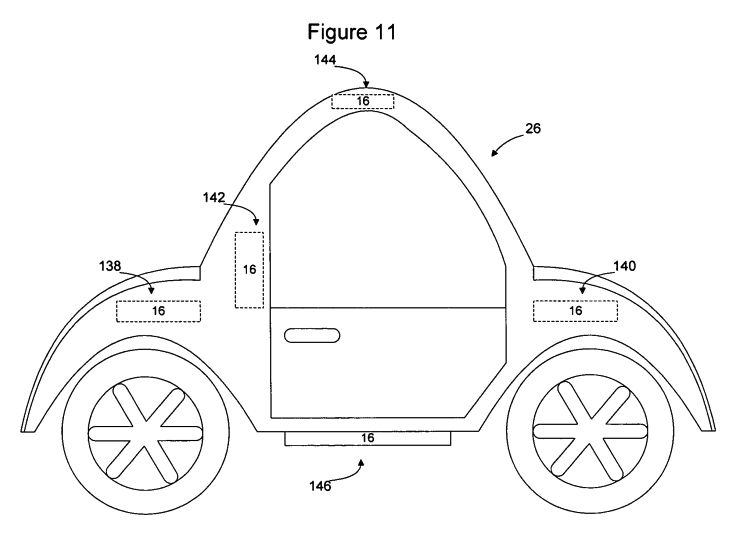What Apple’s patents tell us about a possible iCar

One possible challenge with a vehicle packed full of connected components is what happens when you're out of range of the Internet. That problem could be partially solved by technology described in a 2003 patent (the oldest on this list, although it was only published in 2012). The patent describes a mesh network capable of keeping a car running in such a scenario.
Apple has since explored mesh networks beginning with iOS 7, becoming one of the first mainstream consumer tech companies to do so.
Photo:

